Back to article listing

Back to article listing |
 |
Shortcut to the SSP models |
| Chavez, M., Rodriguez-Merino, L.H., Bertone, E., Buzzoni, A.: |
| "Spectroscopic indices of stars: a theoretical approach", |
| 2002, proc. of the Intl. Symp. on "Astrophysics Research and the Dialog between Science and Religion", Vatican Observatory, Eds. C.D. Impey and C.E. Petry (in press) |
| Summary: |
| We present a new grid of theoretical absorption indices based on the Kurucz library of synthetic spectra. These encompass the wavelength interval from 850 to 7000 Å, with an inverse resolution R = 50,000 (UV range) and 500,000 (optical). A wide space domain in the atmosphere parameters has been probed such as to account for stars along the whole spectral-type sequence (from O to M) and luminosity class (MK type from I to V). Metallicity ranges from [Fe/H]=-3 to +0.5 dex. A total of 51 ultraviolet and optical narrow-band indices defined in the literature have been measured and calibrated in terms of the atmosphere parameters. We forsee ample use of this grid for stellar and extragalactic studies. |
| Pick up the paper in PDF format (115k) | Local link to the gzipped Postscript version (43k) |
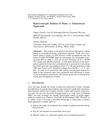
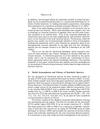
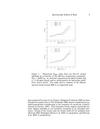
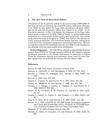
|
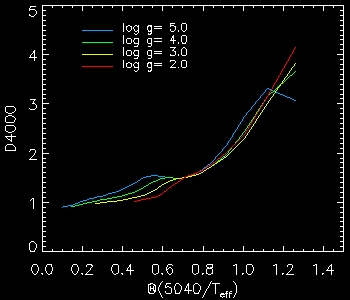 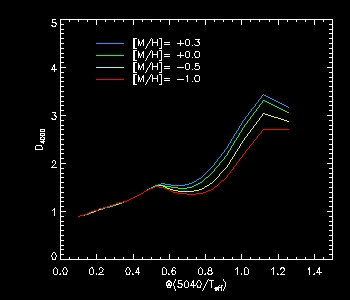 |
| Fig. 1 - Theoretical behaviour of the D_4000 index, according to Bruzual (1983), from our Far-UV/optical database as a function of the effective temperature parameter, Θ = 5040/T_eff, vs. chemical composition for dwarf models (log g = 5.0) (left panel), and vs. stellar gravity for fixed solar metallicity (right panel). The index gives a measure of the Balmer spectral break around 4000 Å, in magnitude scale. |
Back to article listing |
 |
Shortcut to the SSP models |
| AB/Feb 2003 |